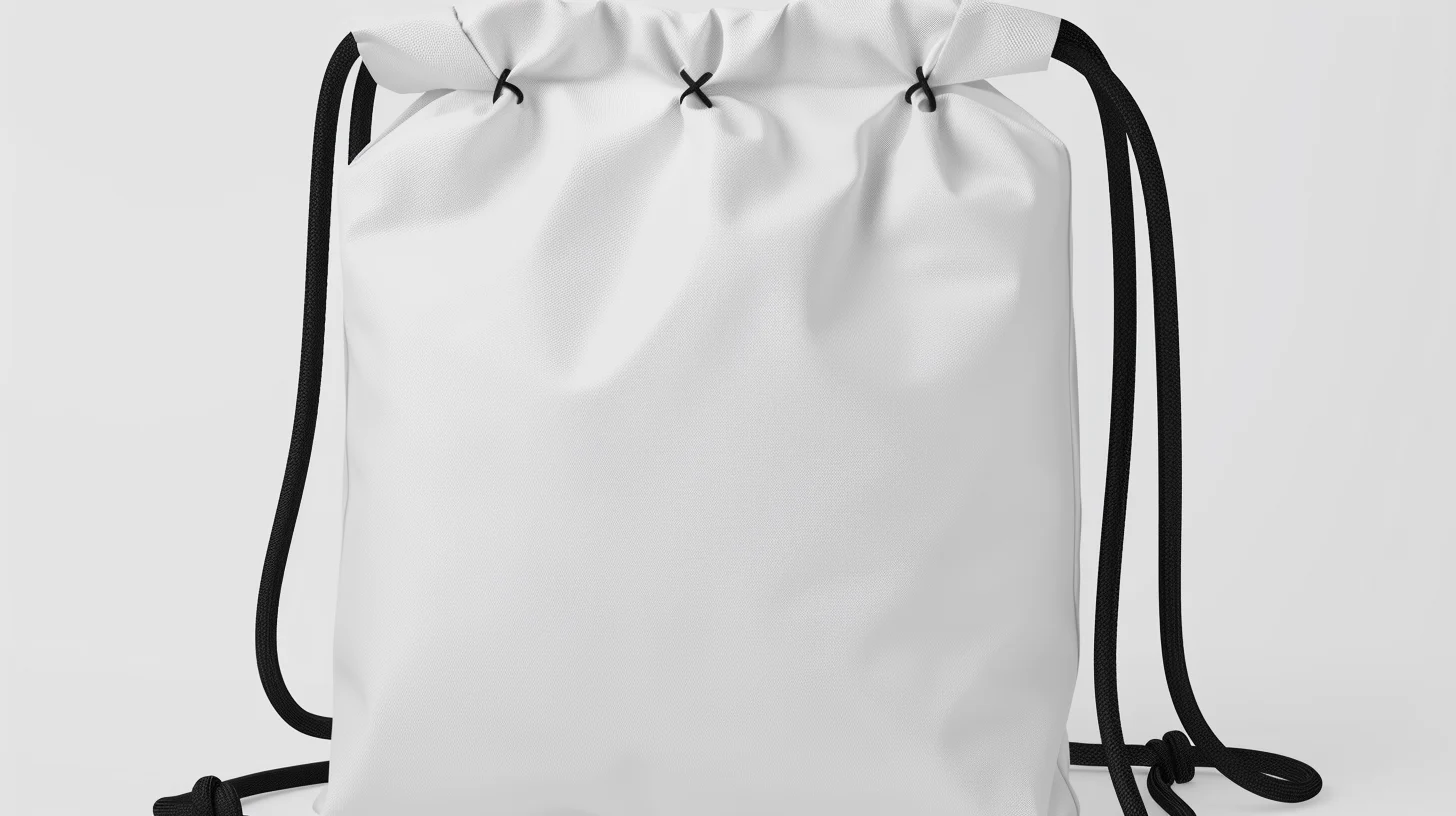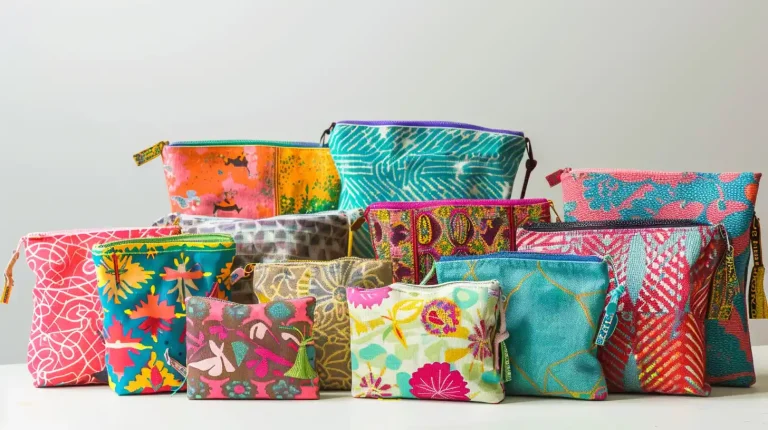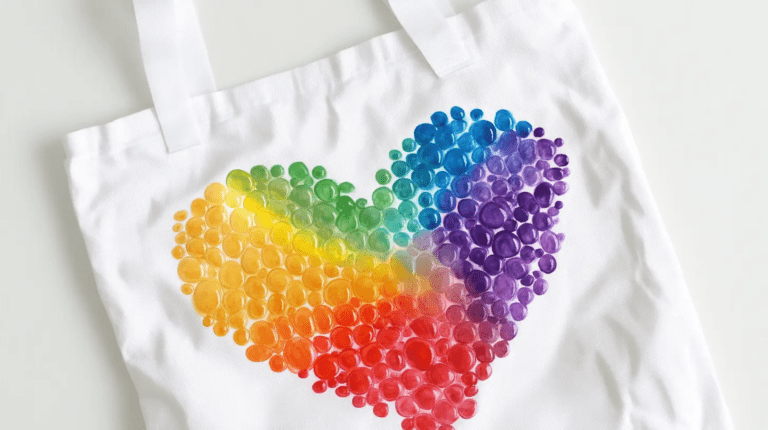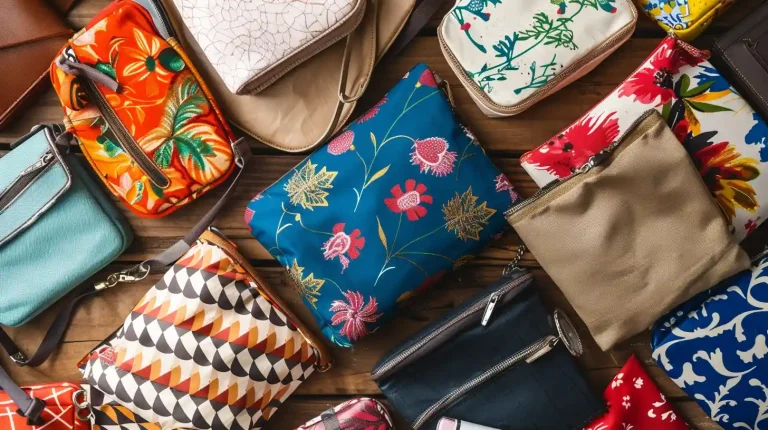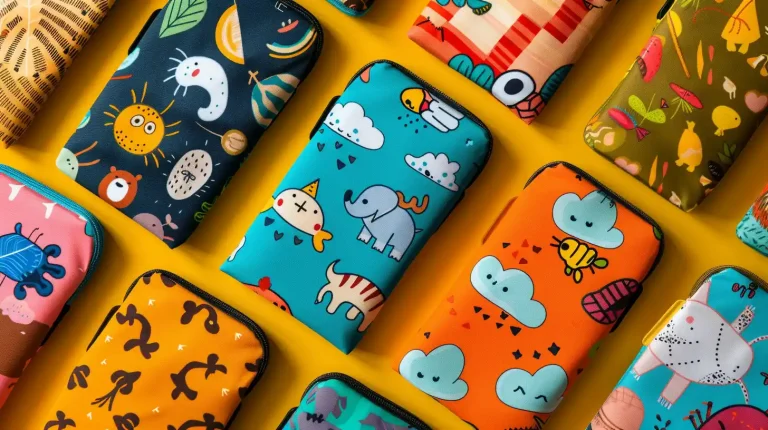When choosing the perfect waterproof bag, you have many options to consider. Nylon, polyester, canvas, TPU, and PVC are all popular materials, each with its own advantages and disadvantages.
You may value durability, or perhaps weight and flexibility are more important to you. Before making a decision, it’s important to carefully weigh the pros and cons of each material. Let’s take a closer look at what each material offers and determine which one will keep your gear dry in the wettest conditions.
Key Takeaways
- Nylon, polyester, and canvas are popular waterproof bag materials with unique strengths and weaknesses.
- TPU and PVC are excellent waterproof materials. They offer durability and resistance to water, punctures, and abrasions.
- Coated fabrics infused with PVC, TPU, or PU provide an excellent waterproof barrier.
- Laminated fabrics offer advanced waterproof technologies and flexible seams, ensuring protection from the elements.
- When choosing a waterproof bag material, consider factors like durability, weight, flexibility, breathability, and cost to ensure the best fit for your needs.
Common Waterproof Fabric Materials
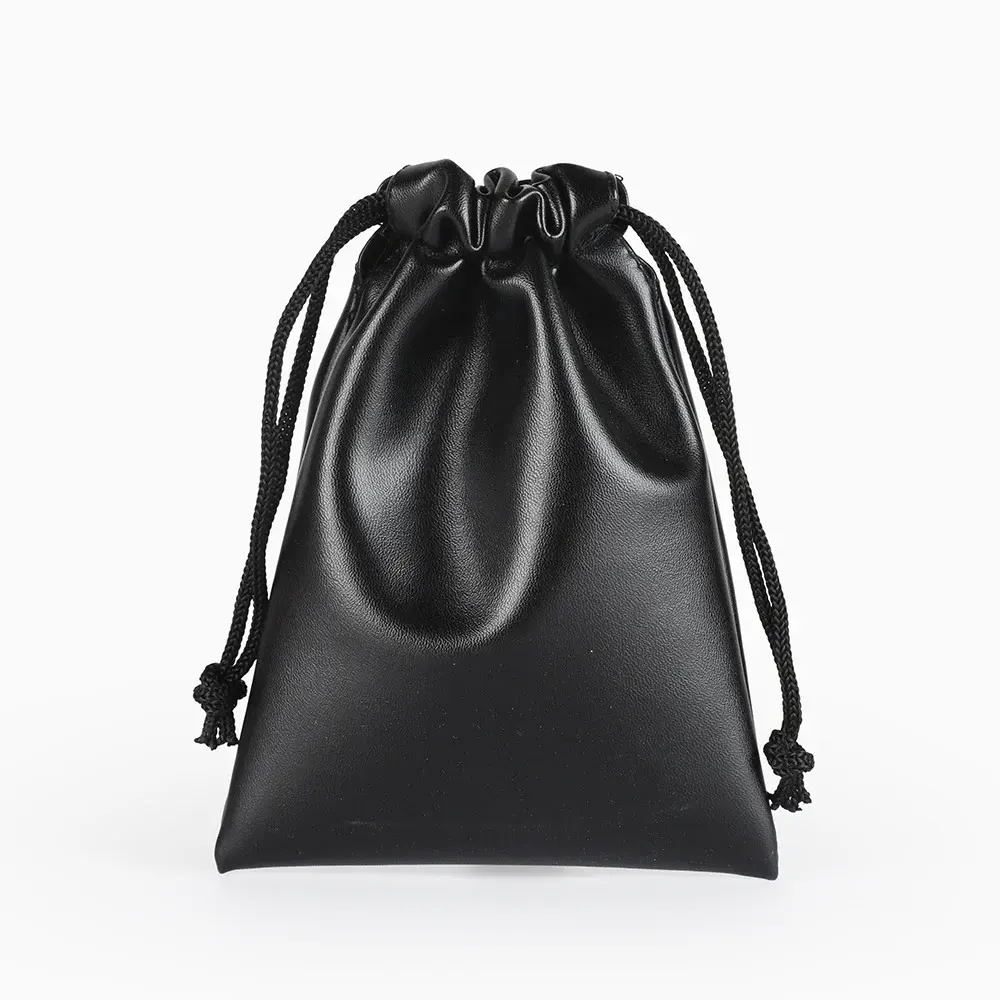
You’re likely familiar with some common waterproof fabric materials, but let’s examine each in more detail.
1. Nylon
Nylon is a synthetic textile widely used for waterproof backpacks due to its lightweight and waterproof properties. When you consider nylon for your waterproof bag, you’ll find that it’s often coated with PVC or polyurethane to enhance its sturdiness and waterproofing capabilities.
While nylon is wear-resistant, it lacks breathability and can be susceptible to UV exposure. Fortunately, adding a TPU coating to nylon fabric can improve breathability and provide better UV protection.
2. Polyester
As you consider polyester for your waterproof bag, you’ll appreciate its lightweight, machine-washable, and mildew-resistant qualities.
It’s often coated with PVC or TPU to enhance its waterproof capabilities, providing an extra layer of protection against water penetration.
While polyester lacks breathability and can generate static electricity, its benefits make it an ideal material for outdoor gear.
3. Canvas
Canvas is a durable and versatile fabric often treated with wax or special coatings to enhance its water-resistant properties.
As an outdoor enthusiast, you’ll appreciate the benefits of canvas bags for hiking and camping. The thick weave of the canvas provides a sturdy barrier against moisture, allowing you to withstand light rain and splashes.
While canvas bags aren’t entirely waterproof in heavy downpours, they’re still a great option for casual outdoor adventures. With a water-resistant coating, you can enjoy your outdoor pursuits with peace of mind, knowing your gear is protected.
4. TPU (Thermoplastic Polyurethane)
TPU (Thermoplastic Polyurethane) is a top-notch material for waterproof bags. It boasts excellent tensile strength and abrasion resistance, allowing it to withstand the rigors of outdoor adventures.
As an environmentally friendly option, TPU is sustainable and recyclable, making it a great choice for eco-conscious consumers.
TPU comes in two main subdivisions: polyether TPU and polyester TPU. Each offers unique characteristics for various applications.
With its reliable waterproof properties, TPU is commonly used in waterproof bags, backpacks, and outdoor gear.
5. PVC (Polyvinyl Chloride)
PVC is a top choice when considering waterproof bags due to its strength, durability, and waterproof properties. This material is also resistant to UV rays, chemicals, and harsh weather conditions, making it perfect for outdoor activities.
Plus, PVC is cost-effective and easily customizable for waterproof bags of various shapes and sizes. With its excellent protection against water, punctures, and abrasions, you can trust PVC to keep your belongings safe and dry.
Advanced Waterproof Technologies
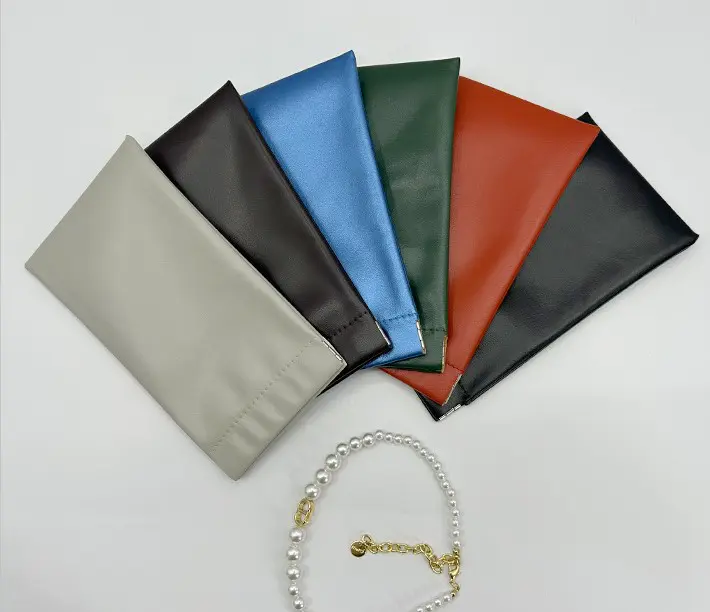
As you explore advanced waterproof technologies, three key areas take waterproofing to the next level: coated fabrics, laminated fabrics, and seamless sealing processes.
These innovations ensure that your gear stays dry in even the most extreme conditions.
Coated Fabrics
Coated fabrics infused with advanced waterproof technologies like PVC, TPU, or PU provide a dependable barrier against water ingress. They’re the go-to material for manufacturing waterproof bags, backpacks, and outdoor gear.
With coated fabrics, you can trust that your items will remain protected from the elements, making them ideal for outdoor activities in rainy or snowy conditions.
Laminated Fabrics
Laminate fabrics offer advanced waterproof technologies beyond coated fabrics, taking your waterproof gear to the next level. They use urethane heat tape for seam sealing, making them waterproof and repairable.
Trilaminate materials are a great choice if you’re looking for a lightweight, durable, and fast-drying option. On the other hand, bilaminate materials consist of an inner polyurethane coating and outer nylon pack cloth, but they’re prone to abrasion.
Understanding the differences in laminated fabrics can help you choose the suitable waterproof bag material.
Seam Sealing
You can’t rely on just any material to keep your gear dry. Seam sealing is key to maintaining waterproof integrity. In extreme conditions, a single leak can be disastrous, so seam sealing is essential.
Techniques like applying urethane heat tape over seams create an impenetrable waterproof barrier. Properly sealing seams ensures your bag remains waterproof and durable.
In fact, seam sealing doesn’t just enhance waterproofing but also increases your bag’s durability and longevity. So, when choosing a waterproof bag, ensure it has advanced seam sealing to keep your gear safe and dry.
Considerations for Choosing Waterproof Fabrics
When choosing a waterproof fabric for your bag, consider several key factors that impact performance.
Durability
Consider the harsh conditions waterproof bags are often subjected to. Choosing a durable fabric is crucial to ensure the bag can withstand the elements.
PVC and TPU are great options, offering excellent durability and water resistance. Polyester fabrics coated with PVC or TPU also enhance waterproof properties, making them suitable for waterproof bags. If you prefer a more eco-friendly option, nylon fabrics coated with waterproofing materials provide water-resistant and quick-drying features.
When choosing a material, consider the level of durability you need and choose a fabric that meets your requirements.
Weight
When preparing for outdoor activities, it’s important to consider the weight of the material when choosing a waterproof bag. You should balance waterproof protection and the bag’s weight to ensure comfort during your adventures. Remember that a heavier bag may offer better protection but can also be burdensome.
Find the right balance to enjoy your outdoor activities without compromise.
Flexibility
When selecting waterproof bag materials, flexibility is critical. Look for materials like PVC and TPU, which offer excellent flexibility for various shapes and sizes. Coated fabrics, such as polyester with PVC or TPU, provide flexibility while enhancing waterproof properties.
Nylon materials with waterproof coatings also offer flexibility in outdoor gear and backpack production. If you’re looking for an eco-friendly option, consider RPET, made from recycled plastic bottles, which provides flexibility for waterproof bag options.
Breathability
When selecting a waterproof fabric, prioritize breathability to prevent moisture buildup inside your bag. You need a material that allows air to pass through while keeping water out.
TPU-coated nylon, for instance, offers a great balance between waterproofness and breathability. This means you’ll stay comfortable while your belongings remain dry.
Look for waterproof materials with breathable properties to prevent condensation and maintain airflow.
Cost
Your budget will play a significant role in determining the type of waterproof fabric you choose. The cost of waterproof fabrics can vary based on the type of material used and the manufacturing process.
Higher-quality waterproof materials tend to be pricier but offer better protection against water damage. Factors like strength, flexibility, and resistance to abrasions contribute to the cost of waterproof materials. Investing in a more expensive waterproof material may result in long-term savings by protecting your valuable items from water damage.
Conclusion
You’ve weighed the factors and considered your options; now it’s time to make a splash with your waterproof bag.
Nylon, polyester, canvas, TPU, and PVC are all viable choices, each with their strengths and weaknesses. By understanding their benefits and limitations, you’ll find the perfect material for your needs. Whether kayaking or hiking, your gear will stay dry and protected, no matter the weather.
So, get out there and make some waves with your new waterproof bag!
Explore more pouch ides at the Soft Pouches Blog! Find your favorite soft pouch at Soft Pouches!
FAQs
What Material Makes a Bag Waterproof?
Materials like PVC, TPU, and coated polyester/nylon fabrics are commonly used to ensure your gear stays dry. This is due to their impermeable and water-resistant properties.
How Do I Know if a Bag Is Waterproof?
You can check if a bag is waterproof by looking for sealed seams, reading product specs, and testing it in water. If it’s made of PVC or TPU, it’s likely to be impervious to water, keeping your belongings dry.
Which Fabric Is Waterproof?
For maximum water resistance, opt for PVC, TPU, or polyester/Nylon fabrics coated with PVC, PU, or silicone. They’re the best options for keeping your belongings dry.

